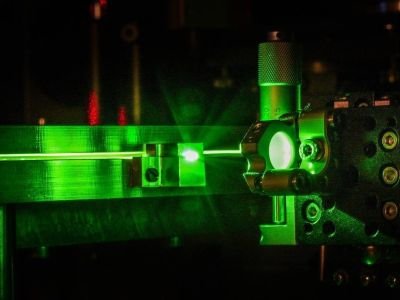Researchers in China have achieved a major breakthrough in optical imaging technology by developing a system capable of detecting objects just a few millimeters in size from more than 1 kilometer away. The innovation combines two telescopes, a laser, and a special signal-processing algorithm to achieve unprecedented resolution at long distances.
Beating Atmospheric Distortion

One of the main challenges in long-distance imaging is atmospheric distortion—tiny fluctuations in air density that blur laser signals, especially over long distances. This effect, known as atmospheric jitter, typically limits the ability to resolve fine details.
To overcome this, the Chinese team split a single laser beam into eight independent beams, each traveling a slightly different path through the atmosphere. Because each beam is affected differently by atmospheric interference, the system can compare and analyze the distortions across all eight.
Using a sophisticated algorithm, the system then filters out the noise and reconstructs a clear image from the cleanest signals.
Impressive Results and Potential Uses

At a distance of 1.36 kilometers, the new system was able to clearly resolve rotating letters just 8 millimeters high—an object that appears as nothing more than a blur through a traditional telescope.
The developers claim that the new method offers 14 times better resolution than conventional systems, opening doors to a wide range of practical applications.
Real-World Applications
-
Agriculture: Long-distance detection of small pests or plant diseases in large crop fields.
-
Space Monitoring: Tracking and identifying space debris with higher accuracy.
-
Surveillance and Security: Enhanced capabilities for monitoring small objects or details at extreme ranges.
The breakthrough represents a major step forward in remote sensing and high-resolution imaging, with broad implications across multiple industries.
